7 Causes of Car Vibrations While Driving
If your car vibrates when driving but not in neutral gear, the issue could be in the engine mounts, belts, timing chains, low and dirty transmission fluid, wheel bearings or tires which aren’t wearing evenly or lack right air pressure. When pressing the gas pedal in drive, power flows through these parts so faults there cause shaking. But in neutral, little power flows so no vibration.
It’s an all-too-familiar story—your car vibrates in drive, but smooth in neutral. You worry that it’s a sign of a major problem waiting to happen… but what could it be?
In this blog post, I’m here to tell you that there are a few potential causes for car vibration when in drive mode—and many of them don’t require a huge investment in time or money to fix.
You can also read my guide on car not moving in any gear in automatic transmission.
For you guys, I have created an interactive tool for diagnosing car problems. The tool helps diagnose car problems by walking you through simple steps. Make sure to check that out.
- Vibrations in car when driving can indicate issues like bad mounts, CV joints, drivetrain damage, uneven tire wear, low transmission fluid, damaged wheel bearings or tie rods.
- Thoroughly inspect mounts, boots, tires, fluid levels and steering parts to identify the cause.
- Replacing damaged components, aligning wheels, adding transmission fluid and balancing tires can fix vibrations.
- Regular maintenance helps reduce wear on these drivetrain components.
My Personal Experience With Vibrating Car When Driving
Once, my 2005 Toyota Camry recently started vibrating badly when driving but was smooth in neutral. I inspected the motor mounts and found the passenger side mount had a big crack.
Replacing that torn mount for about $40 solved the vibrations. Regularly checking mounts and bushings prevents damage from worn drivetrain components over time.
Causes Of Car Vibrating In Drive But Normal In Neutral
The vibrations in your car can vary depending on the gear you are in. For example, if your car vibrates at idle but smooths out while driving, it could be a sign that the transmission is having trouble shifting into gear.
Here are the causes of car vibrating in drive but idles smooth in neutral:
1. Bad Motor or Transmission Mounts
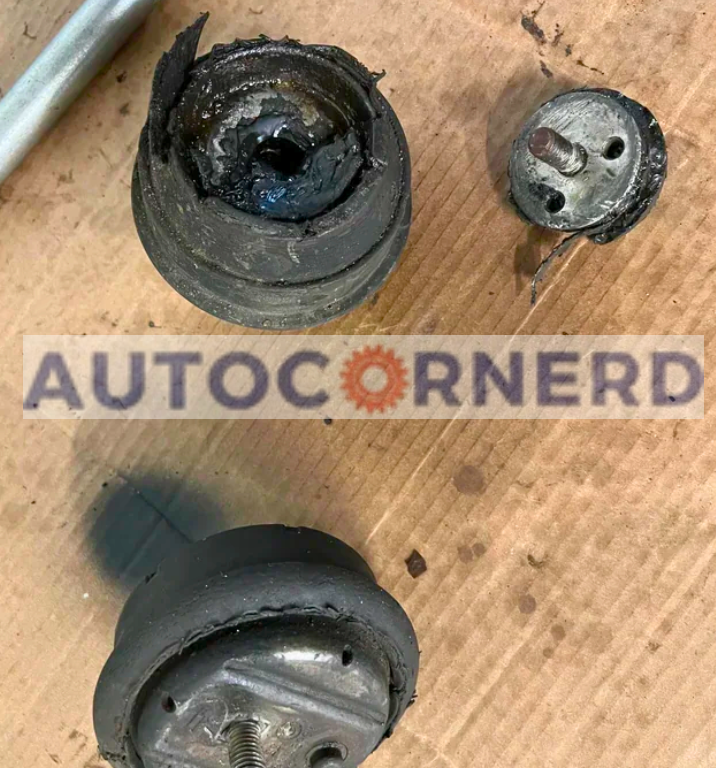
The car may shake more when you drive than when stopped. This can happen if the engine and transmission mounts are bad.
Mounts hold the engine and transmission to the vehicle’s body. Rubber and metal in the mounts soak up vibration. But when they wear out, the shaking gets worse.
With bad motor mounts, the engine and transmission jiggle too much when driving as they lose their ability to absorb and dampen the vibrations
How to check?
Do simple tests for bad motor mounts. First, press brake and gas pedal. See if engine rocks too much. Do it in drive and reverse too.
Here’s help finding bad supports:
- Check bolts: See if support bolts are loose. Loose bolts mean worn engine mount.
- Check rubber: Find cracks or tears in the rubber. Bad rubber means replace motor mount.
- Check bracket: Look for damage to the metal bracket. Damage means worn motor mount.
The location of motor mounts depends on the vehicle. You should check the owner’s manual to find the location of the motor and transmission mounts.
If your car vibrates when shifting to reverse, make sure to read my guide on that topic.
2. Bad CV Joint
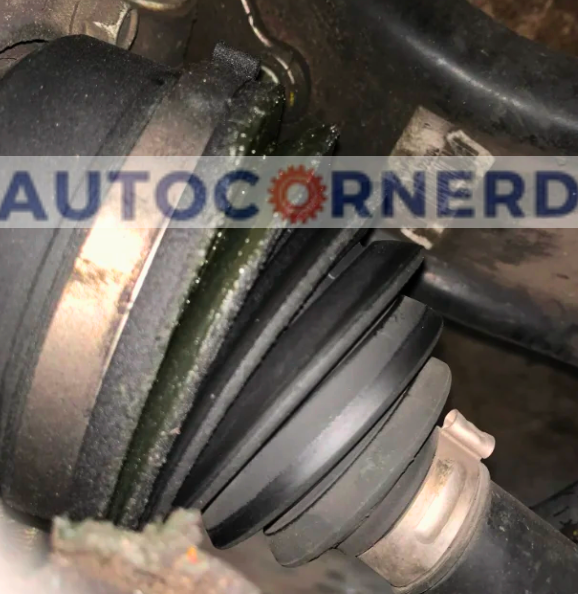
If you have got FWD vehicle and it vibrates while in drive, chances are that your vehicle has bad CV joints.
A CV joint (constant velocity joint) is a component of the drivetrain of a vehicle and is responsible for transferring power from the transmission to the wheels.
The CV joint is connected to the drive shaft, which is what spins the wheels. If the CV joint becomes worn or damaged, it can cause a vibration that will be felt when the car is put in drive, but runs fine in neutral.
When a CV joint becomes bad, torque from the transmission is not smoothly transferred to the wheels via CV joints, due to which your vehicle may vibrate when accelerating or even shifting from drive to reverse.
How to spot?
CV joints are filled with grease to keep them lubricated and help them to move smoothly.
If the CV joint is leaking grease, then this could be a sign that it is damaged and needs to be replaced. You should check if the rubber boot of the CV joint is cracked or not.
Another way to detect a bad CV joint is to check for play in the joint. This can be done by pushing and pulling on the CV joint and feeling for any movement. If there is any play in the joint, it is likely that it needs to be replaced.
3. Damaged Drivetrain
The drive train connects the engine to the wheels in a car. It moves the power from the engine to the wheels that pull the car.
The transmission uses gears that fit together. They need to touch the right way so they work properly.
If there is backlash between the mating gears, it can make the car shake. This happens because the engine’s power doesn’t get to the wheels right.
Another thing that can make the car shake is if a bearing in the transaxle is broken. This bearing connects the transmission to the differential. The differential sends the power to the wheels.
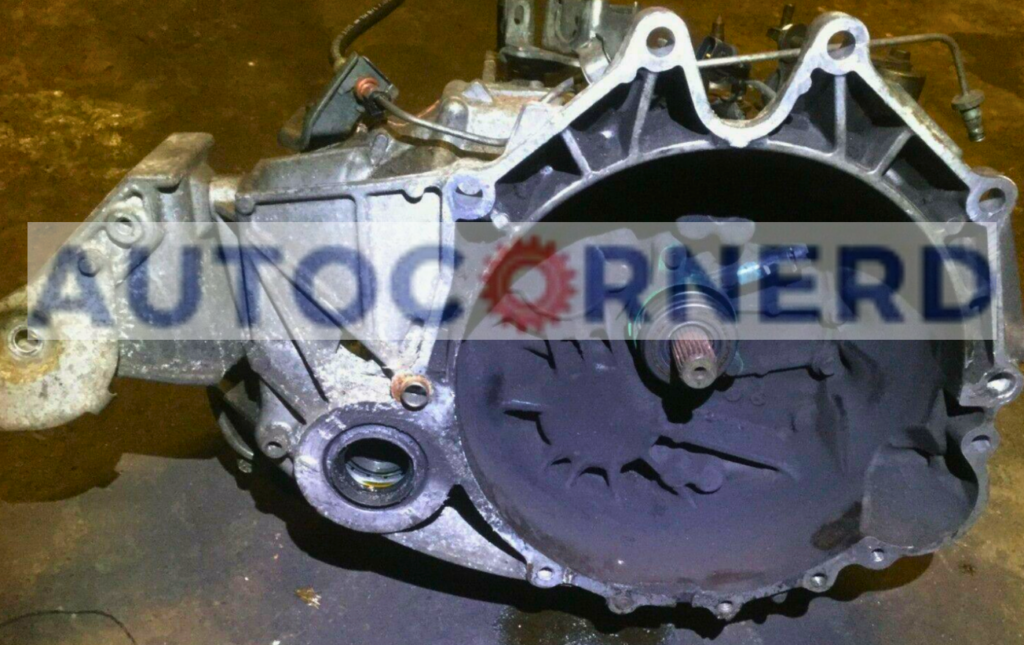
If the bearing is damaged, it can make the car vibrate when it’s in gear. This shake happens because the bearing can’t handle the engine’s power.
You can watch the below video to understand transaxle in FWD vehicles:
4. Uneven Tire Wear
The tires on your car spin at different speeds if they are worn unevenly. This makes your car shake and vibrate when driving, but stable when in neutral.
The engine and transmission turn the wheels. The wheels move the car forward. When the tires are worn unevenly, they touch the road differently. This causes vibration when driving. In neutral, the tires don’t spin so no vibration.
Why do tires wear unevenly?
- Driving habits can cause uneven tire wear. Sharp turns and fast starts and stops wear one tire side faster.
- Correct tire alignment is important. If alignment is off, tires wear unevenly.
- Right tire pressure is important. Low pressure causes bulging on one side. That side wears faster.
How to spot?
Here’s how uneven tires look with underinflation and overinflation:
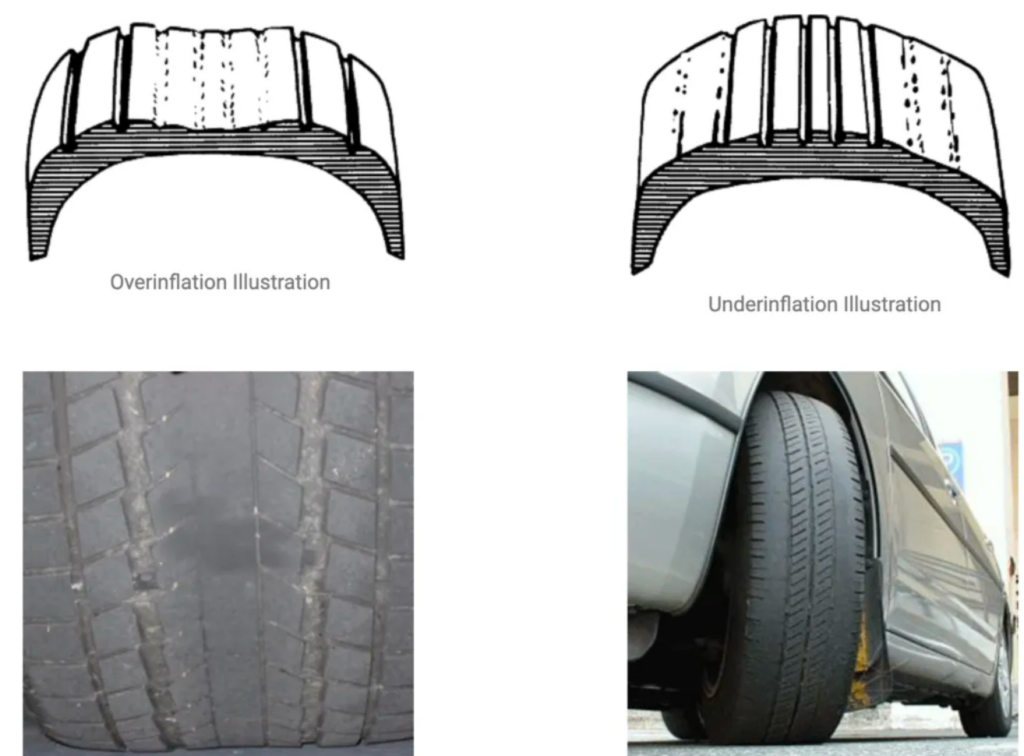
5. Low or Bad Transmission Fluid
The transmission fluid keeps moving through the transmission. This lubricates the torque converter. It also absorbs heat. And it keeps the right pressure inside the valve body.
The valve body needs the right pressure of transmission fluid to engage the clutches and shift the gears.
When the transmission fluid is low or bad, it can cause problems. One problem is vibration in the car when in drive but steady in neutral.
This happens because with low or bad transmission fluid, the transmission can’t work right. It doesn’t get the lubrication and protection it needs from the fluid. So it vibrates when driving.
Also, when you put the car in drive, the engine connects to the transmission through the torque converter (see the video below for better understanding).
If transmission fluid is low, the torque converter will not be able to smoothly transfer engine power to the transmission. As a result, the car vibrates when you put it in drive gear.
In addition, the transmission fluid in automatic transmissions oxidizes and breaks down over time just like any other lubricant when working in extreme temperatures.
Furthermore, the constant contact between the gears in the drivetrain produces small metal shavings that can cause a lot of damage to the rest of the transmission. This affects the quality of the transmission fluid. As a result, you may experience delayed gear shifts and transmission may shudder.
How to spot?
You should first check the color of the transmission fluid. If it is brownish or black, the transmission needs to be flushed.
If the transmission fluid has a reddish tint, it is fine. But, make sure that the level of transmission fluid must be between high and low marks on the dipstick.
6. Damaged Wheel Bearings
Feel Vibrations Under Steering Wheel? Wheel bearings may be damaged.
In the center of your car’s wheels are hollow metal parts called “hubs”. Wheel bearings fit tightly inside those hubs and spin around the axle shaft.
When a wheel bearing is damaged, it can cause uneven tire wear and problems for suspension parts. This can make the car shake, especially at higher speeds. It can also make the steering wheel hard to turn.
You might feel the vibrations in the steering wheel, gas pedal, or even the seat.
How to Check for Damaged Wheel Bearings?
To check if a wheel bearing is bad, gently sway the car left to right. Listen if the humming sound changes pitch. If so, the wheel bearings are likely damaged.
Another test is to raise the car and spin the wheel. Any noticeable wobble can mean a damaged bearing.
7. Bad Tie Rod
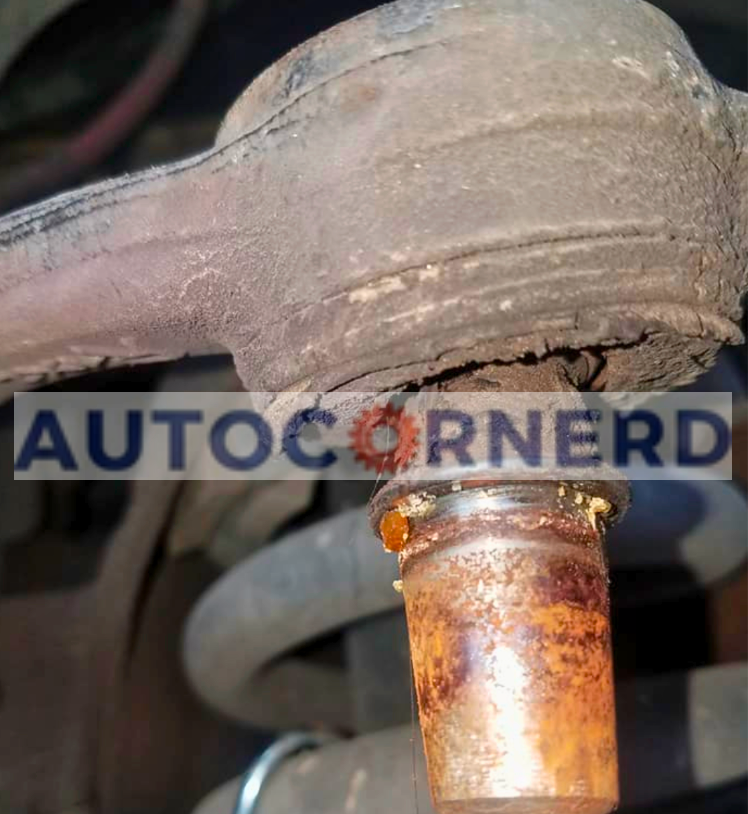
Tie rods connect the steering knuckle to the chassis. They transfer power from the engine to the wheels. Tie rods make sure the car moves how the driver wants.
If something is wrong with the tie rods, the car won’t steer right. It may shake a lot while driving too.
When a tie rod wears out or breaks, it can’t connect the steering knuckle and rack securely. So the steering knuckle moves on its own instead of with the rack. This makes the car shake, especially in drive.
How to spot?
Tie rods have rubber boots and ball joints. You should visually inspect them and see if they are damaged.
Final Thoughts About Car Vibrating In Drive But Smooth In Neutral Gear
In summary, vibrations can happen when you shift the car from neutral to drive gear mode. This can be from many things like:
- Worn engine or transmission mounts
- Problems with CV joints
- Damage to drivetrain
- Uneven tire wear
- Low transmission fluid
- Bad wheel bearings or tie rods
Doing inspections of these can find the cause:
- Mounts
- Boots
- Tires
- Fluid levels
- Steering parts
Fixing damaged parts, realigning wheels, adding fluid and balancing tires can stop the vibrations.
Some First Hand Experiences Shared By Users In Different Communities
Our team conducted research across various online communities, forums, and subreddits to gather user comments and opinions on “car vibrating in drive gear”.
User 1 says:
Experienced vibrations in my Malibu under drive conditions. Turned out, the issue was with the torque converter. It was a bit of a surprise since I didn’t expect that. Had to get it replaced, and it fixed the vibrations.
User 2 says:
Faced a similar issue with my Outback. The car vibrated only in drive. After checking the usual suspects, I found the problem was with the differential. It was a costly fix, but it solved the problem.
User 3 says:
I experienced the same vibration problem with my Fiesta. It was puzzling because it only happened when the car was in drive. After some research and a bit of DIY, I discovered the issue was with the transmission mount. Changing it myself was a bit of a challenge, but it fixed the issue!
User 4 says:
I had a similar issue with my Lexus ES 330. The car would vibrate only when in drive mode. After a thorough check, the mechanic found that the issue was with the idle air control valve. Fixing it resolved the problem.
